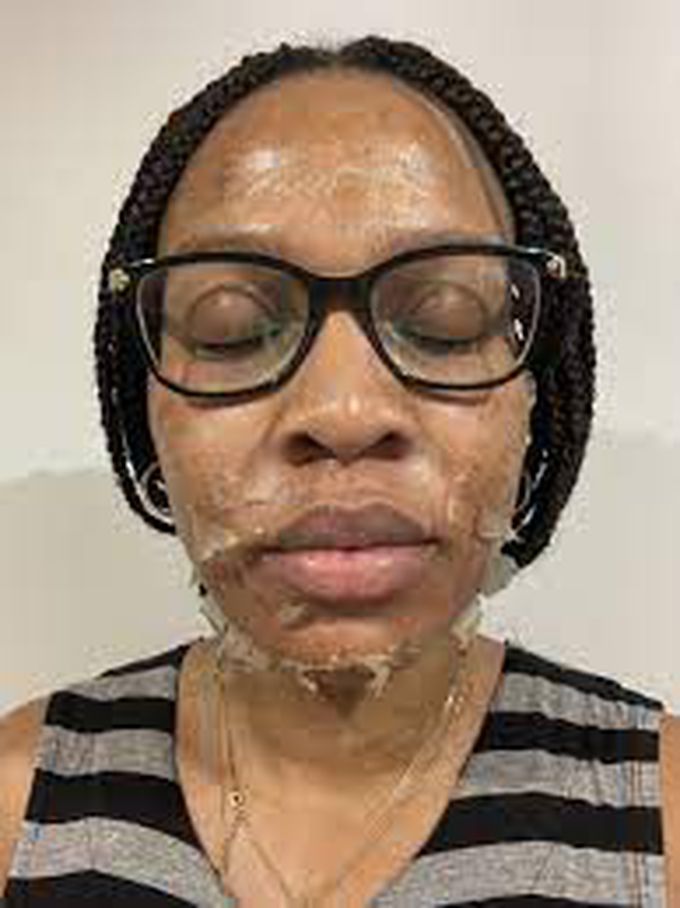


Risks of chemical peeling
A chemical peel can cause various side effects, including: Redness, scabbing and swelling. Normal healing from a chemical peel involves redness of the treated skin. After a medium or deep chemical peel, redness might last for a few months. Scarring. Rarely, a chemical peel can cause scarring — typically on the lower part of the face. Antibiotics and steroid medications can be used to soften the appearance of these scars. Changes in skin color. A chemical peel can cause treated skin to become darker than normal (hyperpigmentation) or lighter than normal (hypopigmentation). Hyperpigmentation is more common after superficial peels, while hypopigmentation is more common after a deep peel. These problems are more common in people with brown or black skin and can sometimes be permanent. Infection. A chemical peel can lead to a bacterial, fungal or viral infection, such as a flare-up of the herpes virus — the virus that causes cold sores. Heart, kidney or liver damage. A deep chemical peel uses carbolic acid (phenol), which can damage heart muscle and cause the heart to beat irregularly. Phenol can also harm the kidneys and liver. To limit exposure to phenol, a deep chemical peel is done a portion at a time, in 10- to 20-minute intervals. A chemical peel isn't for everyone. Your doctor might caution against a chemical peel or certain types of chemical peels if you: Have taken the oral acne medication isotretinoin (Myorisan, Claravis, others) in the past six months Have a personal or family history of ridged areas caused by an overgrowth of scar tissue (keloids) Are pregnant Have frequent or severe outbreaks of cold sores

